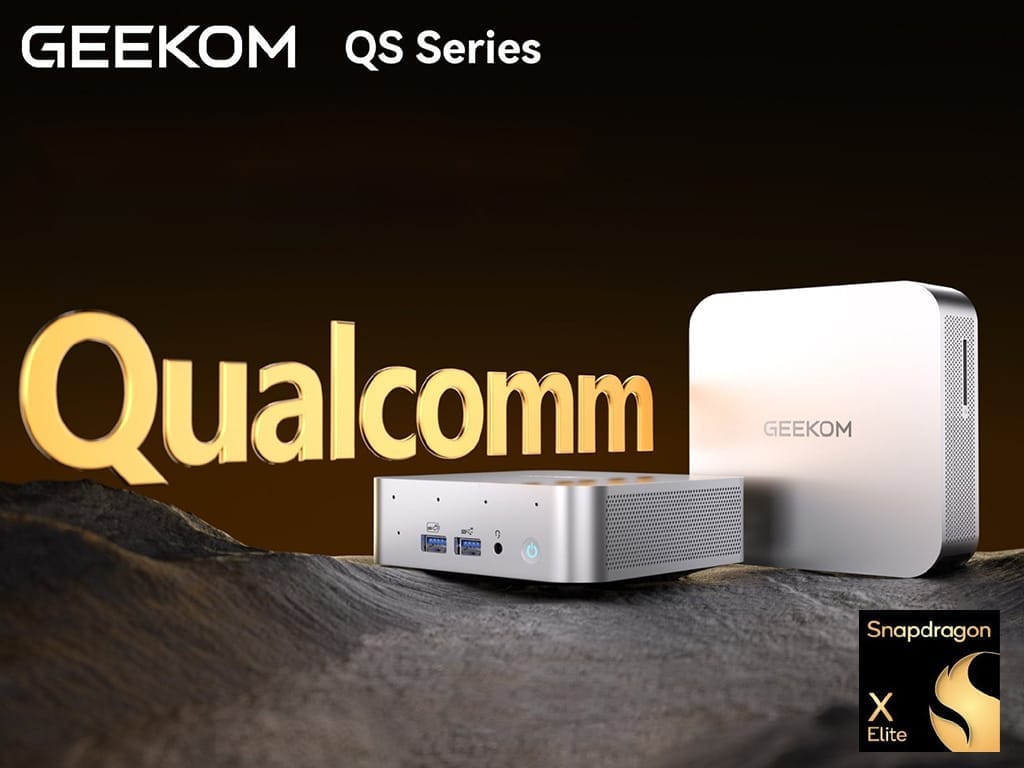It appears that DJI is filing for many new devices in the US as the legislative bodies there may soon ban sales. Recently, the company was seen registering the Flip with the Federal Communications Commission (FCC) in the US.
Mavic 4 Pro Spotted
Now, several sources have noted that the Mavic 4 Pro has appeared in the FCC’s public database. For some context, hints of the regular Mavic 4 surfaced at the same regulatory agency just a month after the launch of the DJI Neo, which is currently priced at $199 on Amazon. Interestingly, the Mavic 4 Pro seems to have a slightly smaller battery compared to the Mavic 4, which is expected to be equipped with a 99.5 Wh (14.76V/6,471 mAh) battery.
Battery Specifications
In contrast, the FCC has disclosed that the Mavic 4 Pro comes with a 95.3 Wh (14.32 V/6,654 mAh) battery. It’s worth mentioning that DJI has developed L3A and L3B models, but the FCC states that these are "electrically identical" and have different names solely for marketing reasons. Sadly, the FCC does not share many other useful details about the Mavic 4 or how it will compare with the Mavic 4 or its earlier version.
Additional Features and Insights
Nevertheless, @OsitaLV has provided a few details, including that the Mavic 4 will include Real-Time Kinematic (RTK) support for enhanced location accuracy. The leaker also mentions that the Mavic 4 Cine Premium will come with a 2 TB built-in SSD. Additionally, all Mavic 4 models are expected to have a main camera that offers 14 stops of dynamic range and an "advanced dual controller," similar to what DJI includes with the Matric 30 series.
Moreover, @OsitaLV asserts that Mavic 4 drones will be able to display a map alongside a flight-assist live image at the same time. Meanwhile, DJI’s upcoming flagship drone has also been seen in a recent test flight. Although the footage provides very little new information regarding the Mavic 4 series, it indicates that DJI’s next high-end drones are in an advanced development stage.
























